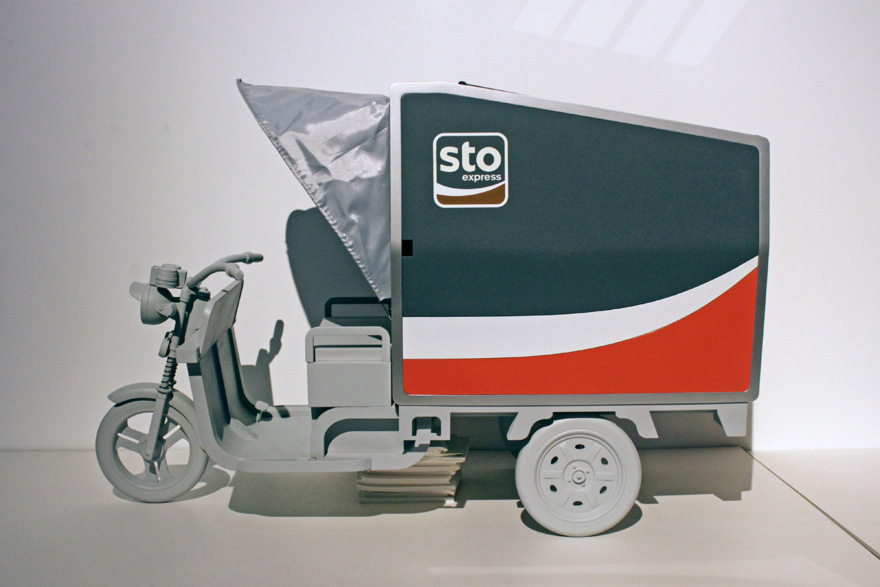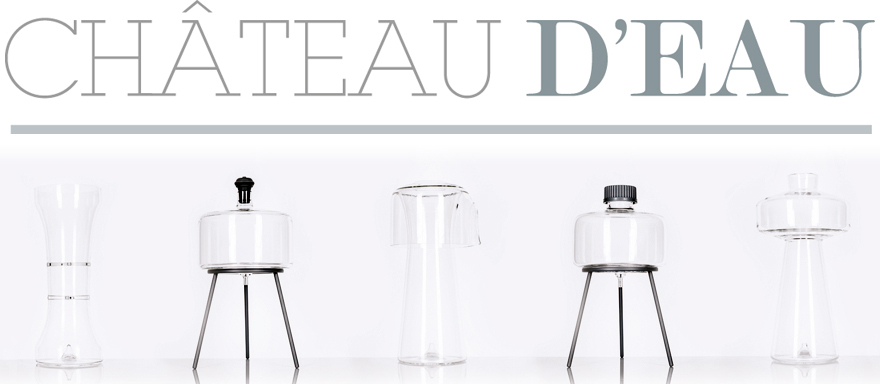![MD_A_Communitere_0000.jpg]()
When I write about projects and people that I find interesting, I often wonder "Why the heck don't more people know about these projects/people?" You can say that I see it as my duty to spread the word, to inform people about the things going on out there, and make sure that you don't miss out on all the awesomeness that is to be found in various places, and within people... which is a long way of introducing Communitere.
The Beginning
When disaster hit Haiti back in 2010, Sam Bloch was working on a custom-made lighting system for a weekend cabin up in the mountains. He had finished work for the day and was sitting in a bar, drinking a well-deserved beer, when he saw the news about the earthquake. Right then and there (because it sounds more dramatic that way), he decided that he needed to be there. He packed his big backpack with as few private things as possible and filled the rest up with tools. About a week later, he was standing in the middle of the disaster area with the feeling that he had made the right choice and was in the exact place that he needed to be. And although that moment marked the beginning of Communitere, Sam had already been working in disaster relief for about six years.
The name itself, Communitere—which I first thought was French—stands for Communities United In Response, Relief & Renewal.
What works, and what doesn't
With quite a few years within the field, Sam had gathered a fair share of insight into what worked and what didn't work. One of the problems he had identified was the lack of innovation within the global aid industry. Where there's no margin to fail, there's no margin for innovation, at the same time as it's easy to argue that this lack of innovation is failure in itself.
This lack of innovation is the problem that Communitere took to heart and decided to make into its main focus. By creating Resource Centers, spaces that also know as "Spaces of Safe Failure," they have established big workshops where the locals inhabitants can learn how to build their own homes; use the tools provided in the workshops; use the space to work on new ideas; and collaborae with visitors on prototypes and projects to solve a specific problem.
As Bloch says, "You can't empower people, the only thing you can do is give them the tools to empower themselves."
![MD_A_Communitere_03.jpg]()
"Focus on solving the problems that others are not"
It's one thing to think that you know what the people you want to help want, but actually knowing what they want may be a whole 'nother thing. There's also a difference between knowing what they want and what they truly need. Needs can be tricky in the sense that sometimes what you need the most is something that you didn't even know existed—a problem that might be so ingrained in your day-to-day life to that you don't even see it as a problem, but rather you take it for granted.
One of the problems you encounter in the world of aid is oftentimes many organizations focusing on solving the same problem without communicating with one another what they are up to, at what time, where, and so on and so forth. This results in redundant efforts, resources going to waste, as well as other areas being neglected when it comes to support, products or medicine.
(more...)![]()


 A major thoroughfare in Caochangdi—the main horizontal street in the map below—with the Red Brick complex at left (and Zaha Hadid's Wangjing SOHO in the distance)
A major thoroughfare in Caochangdi—the main horizontal street in the map below—with the Red Brick complex at left (and Zaha Hadid's Wangjing SOHO in the distance) A4 Studios designed the map, which incorporates street-level sights as landmarks; see the full version
A4 Studios designed the map, which incorporates street-level sights as landmarks; see the full version 












































